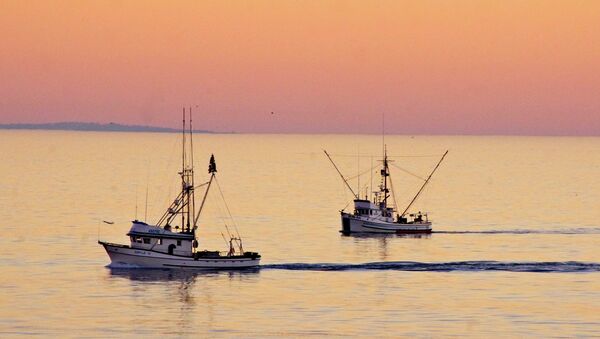Researchers at the University of California at Santa Cruz explain that the bloom first appeared in May, and that it involves microscopic algae producing domoic acid, a neurotoxin that can be potentially fatal to humans.
According to Raphael Kudela, professor of ocean sciences at the Santa Cruz campus, the levels of domoic acid in California's Monterey Bay are some of the highest scientists have ever recorded.
"The domoic acid levels are extremely high right now in Monterey Bay, and the event is occurring as far north as Washington state. It appears this will be one of the most toxic and spatially largest events we've had in at least a decade," he said.
Earlier, researchers expressed alarm that shellfish, razor clams, crabs, hake and West Coast sardines could have accumulated levels of domoic acid.
The Washington State Department of Fish and Wildlife reported that this acid has already claimed the lives of several people and made at least 100 others sick.
Right now, scientists are trying to determine whether this year’s unseasonably high water temperatures from Washington to Southern California have played a role in the massive size of the algae bloom.




